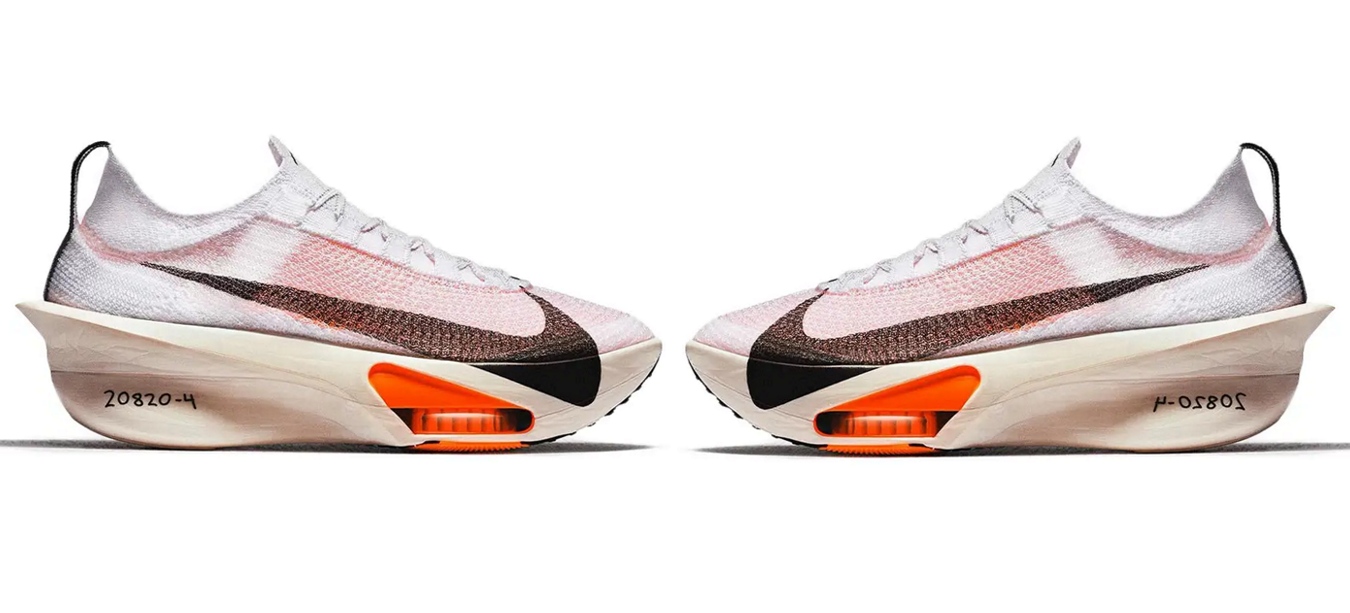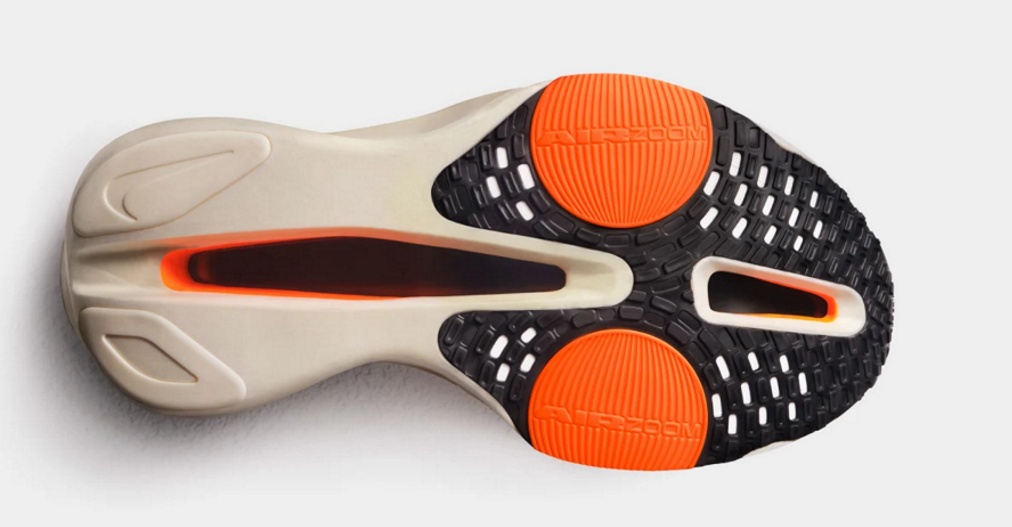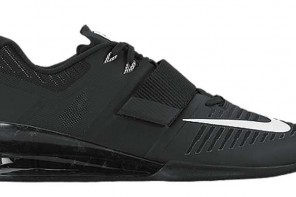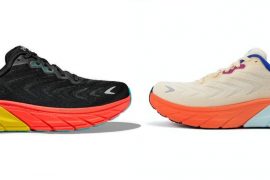
Nike’s Alphafly 3 has already built quite the hype. Kelvin Kiptum of Kenya, wearing a pair of new Alphafly 3s, smashed the men’s marathon world record at the 2023 Chicago Marathon, completing the race in 2 hours and 35 seconds. On the same day, Sifan Hassan of the Netherlands ran the second-fastest women’s marathon time in history, finishing in 2 hours, 13 minutes, and 44 seconds. She also wore the Alphafly 3.
We look ahead to the release date of the Nike AlphaFly 3 and what updates you can expect from this record-breaking runner.
Nike Alphafly 3 Release Date – Update (Now Available)
The Nike Alphafly 3 was released on January 4th 2024. This comes a few months earlier than the previous models, which were released in February 2020 (Alphafly 1) and March 2021 (Alphafly 2).
Good news: you can get your hands on a pair of Alphafly 3s here.
Or, there are some great colorways and deals to be had on the the Alphafly2.
Nike Alphafly 3 Cost
The Nike Alphafly 3 will cost $285, which is the same price as the Alphafly 2 on its launch day.
At $285, the Alphafly sits at the top end of the running trainer market, but it’s considered a premium shoe for those seeking the best possible performance and comfort. If this is a little out of your price range, but you still need a solid long-distance runner, we’d recommend checking out the Nike Invincible.
Design & Performance
The Nike Alphafly 3 has a similar design to the Alphafly 2 but with some noticeable improvements and refinements.
Upper – The Alphafly 3 features an upper made from AtomKnit, a lightweight and breathable fabric that adapts to the foot’s shape. Nike first introduced AtomKnit in the Alphafly 2, where it replaced the Flyknit material used in the Alphafly 1. The AtomKnit upper of the Alphafly 3 has a more streamlined and sleek look, with fewer seams and overlays. The shoe also has a padded tongue and collar, a heel counter, and a lacing system that provides a secure and comfortable fit.

Midsole – The midsole of the Alphafly 3 is the most distinctive and innovative part of the shoe, featuring a combination of ZoomX foam, a carbon fiber plate, and two Zoom Air pods in the forefoot. ZoomX foam is a proprietary material that offers the highest energy return of all Nike’s foams, as well as excellent cushioning and responsiveness. The carbon fiber plate, called Flyplate, is a thin and stiff layer that runs through the midsole, providing stability and propulsion, while the two pressurized Zoom Air pods in the forefoot add extra bounce and responsiveness. The midsole of the Alphafly 3 has a high stack height of 40 mm in the heel and 32 mm in the forefoot, giving it a drop of 8 mm. The midsole also has a wider base than the Alphafly 2, improving the stability and durability of the shoe.
Outsole – The rubber outsole of the Alphafly 3 provides traction and durability on various surfaces. The outsole has a waffle pattern, with small nubs and grooves that enhance the grip and flexibility of the shoe and a cut-out in the heel, which reduces the weight and improves the transition of the shoe.

When did the Nike Alphafly 2 Come Out?
The previous model of the Alphafly series was the Alphafly 2, which was released in March 2021. The Alphafly 2 introduced the AtomKnit upper, which was lighter and more breathable than the Flyknit upper of the Alphafly 1. The Alphafly 2 also refined the midsole and the outsole, making them more durable and stable.
What Are Nike AlphaFly’s Good For?
The Nike Alphafly 3 is a performance-oriented shoe designed for racing and fast-paced workouts. Ideal for distances from 10K to marathon, it offers a balance of speed, cushioning, and comfort. The shoe is especially beneficial for runners who have a forefoot or midfoot strike, as the Zoom Air pods and the carbon plate provide the most impact and propulsion in the front part of the shoe. With a prominent arch support, the Alphafly is also suitable for runners with high medium arches.
The AlphaFly 3 is ideal for running on roads, tracks, and flat surfaces, as it offers a smooth and responsive ride but could be more effective on trails, hills, or uneven surfaces, as it may lose traction and stability.
Nike Alphafly History
Some of the world’s fastest marathoners have used the Nike AlphaFly, including Eliud Kipchoge. Wearing a prototype version of the shoe, Kipchoge ran the first sub-two-hour marathon in history. The AlphaFly represents the latest evolution of the Nike VaporFly, introduced in 2017, which has dominated the elite running scene since then with its unprecedented performance benefits.
Nike designed the VaporFly to break the two-hour barrier for the marathon, a feat many considered impossible. The VaporFly was first tested by three elite runners, Lelisa Desisa, Zersenay Tadese, and Eliud Kipchoge, in a special event called Breaking2, held in Monza, Italy, in May 2017. Although none of them broke the two-hour mark, Kipchoge came very close, finishing in 2:00:25, the fastest marathon time ever recorded.
Not satisfied with the VaporFly, Nike continued working on improvements to help Kipchoge achieve his dream of running a sub-two-hour marathon. This effort resulted in the AlphaFly, a modified version of the VaporFly, which introduced two new features: air pods and an AtomKnit upper.
The AlphaFly was first seen in public in October 2019, when Kipchoge wore a prototype of the shoe to run the INEOS 1:59 Challenge in Vienna, Austria, a specially organized event to attempt the sub-two-hour marathon. With the help of a team of pacers and a pace car, Kipchoge made history by completing the 26.2 miles in 1:59:40, becoming the first human to run a marathon in under two hours. Although authorities didn’t recognize the time as an official world record, it represented a monumental achievement, demonstrating the AlphaFly’s potential.
Final Thoughts
The AlphaFly is widely regarded as the fastest and most advanced running shoe ever made, and we’re excited to get our hands on a pair of the AlphaFly 3s. Be sure to check back to this page for more updates as we receive them and our review once we have them.




